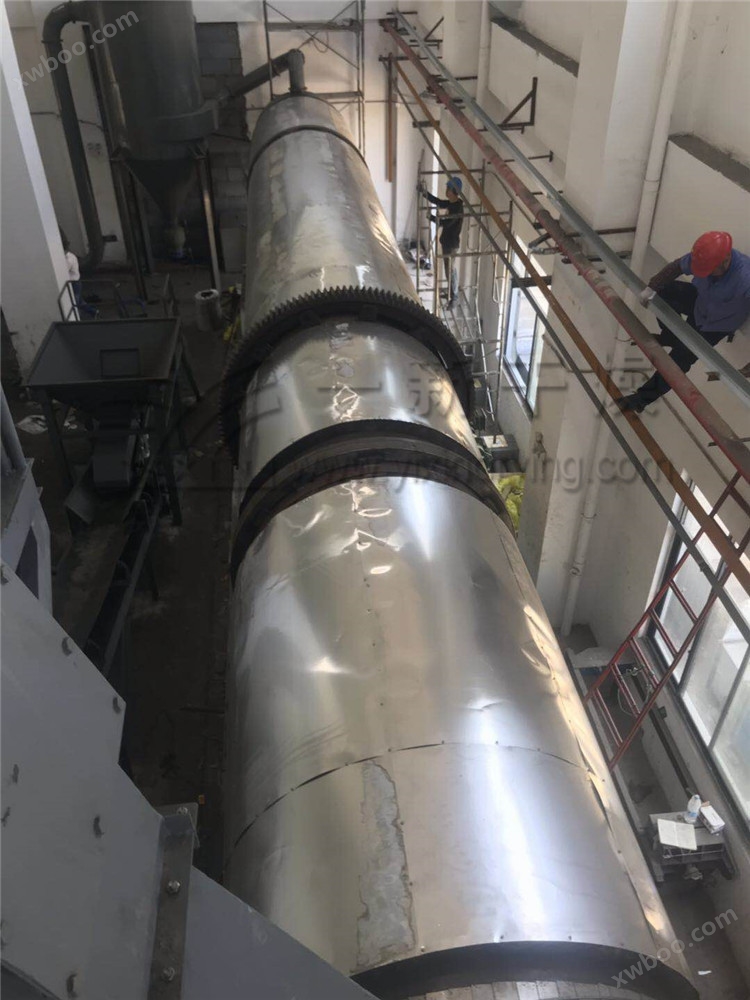Equipment Introduction
Rotary kiln refers to a rotary calcination kiln, which belongs to the category of building materials and equipment. Rotary kilns can be divided into cement kilns, metallurgical and chemical kilns, and lime kilns according to the different materials processed.
Cement kilns are mainly used for calcining cement clinker, and are divided into two categories: dry process cement kilns and wet process cement kilns. Metallurgical and chemical kilns are mainly used for magnetization roasting of poor iron ore in steel plants in the metallurgical industry; Oxidation roasting of chromium and nickel iron ores; Refractory plant roasting high alumina vanadium ore and aluminum plant roasting clinker, aluminum hydroxide; Chemical plants roast minerals such as chromite sand and chromite powder. Lime kilns are used for roasting active lime and lightly burned dolomite used in steel plants and ferroalloy plants.
Applicable materials
Limestone, cement clinker, bauxite, activated lime, aluminum hydroxide, chromite, etc.
Introduction to ceramic sand rotary kiln (petroleum proppant rotary kiln)
Petroleum fracturing proppant, commonly known as petroleum proppant or ceramic particle sand, is a ceramic particle product with high fracturing strength. It is mainly used for downhole support in oil fields to increase oil and gas production and is an environmentally friendly product. This product is made from high-quality raw materials such as bauxite and coal, sintered with ceramics, and is a substitute for low to medium strength proppants such as natural quartz sand, glass balls, and metal balls. It has a good effect on increasing oil and gas production.










